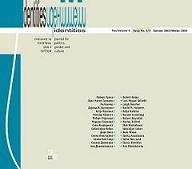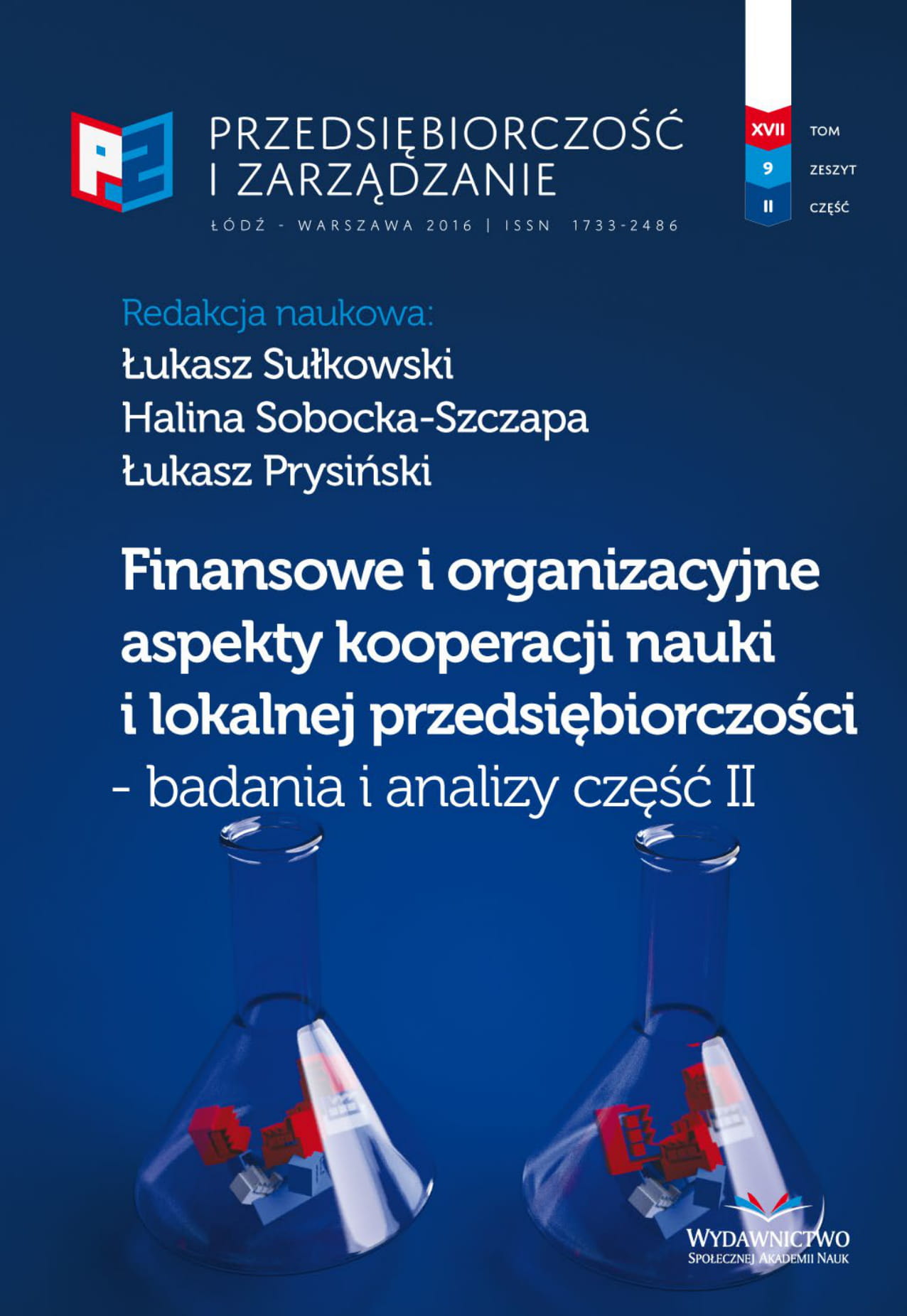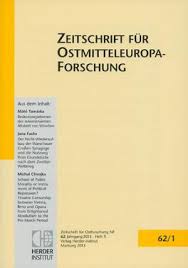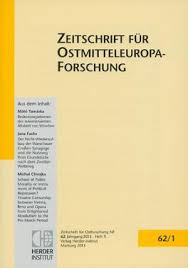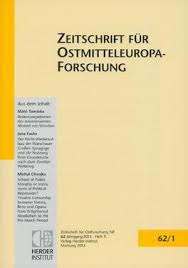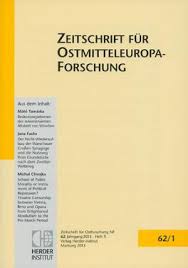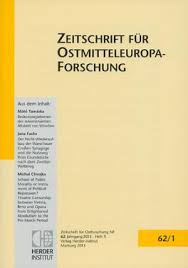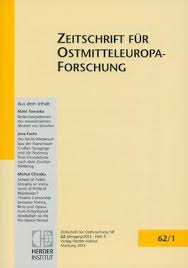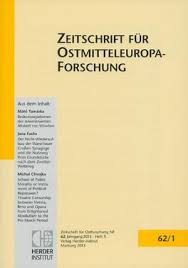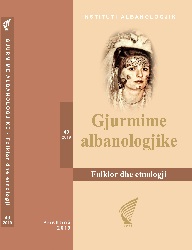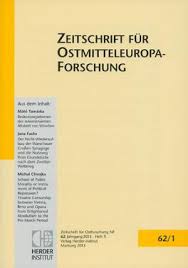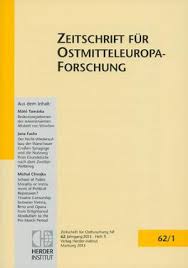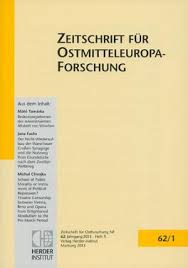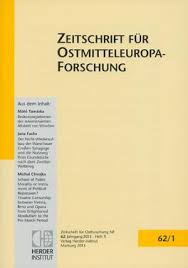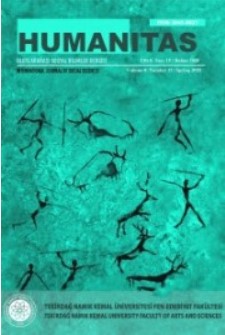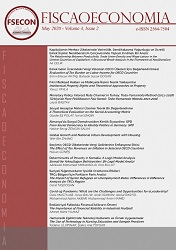Author(s): Vasilijus Safronovas / Language(s): German
Issue: 2/2014
The article seeks to compare the functioning of cultures of remembrance in several cities. The choice of comparative perspective should particularly provide answers to two questions: a) is it true that formation and functioning of cultures of remembrance in the peripheral cities did not differ from those in a central city of the same national culture, as is argued in historiography?; and b) how did cultures of remembrance in cities under different conditions of social structure and political order function? For that purpose, three cities which belonged to the same state in two different periods, before and after WWI (until 1933), have been specially chosen for comparison: Berlin is considered to be central, Memel peripheral, and Königsberg peripheral in respect of Berlin and central in regard to Memel (in 1923-1939 Memel belonged to Lithuania but was still under strong German cultural influence). In the article, Memel is taken as the starting point for the comparison – not only because of relatively well-investigated processes of memory formation in this city in the 20th century but also with the intention of giving the role of starting point to a peripheral city situated in a frontier area. It is these attributes that often give rise to case-studies which examine the functioning of cultures of remembrance in a single city. The first part of the article investigates the contents of dominant cultures of remembrance. It states that during the Kaiserreich period in all three cities, the borussianistic historical master narrative constituted a basis for this content, while after WW1, its role was supplanted by the group experience of those who had lived through the war. However, this commonality was incident not because of the status of a city in the axis of centre-periphery but due to the peculiarities of the political and social order. The latter are analysed in the second and the third parts of the article where it is stated that a distinct role of the all-German network associations maintaining the dominant culture of remembrance can already be observed in the Kaiserreich period. Until 1918, the role of the authorities in determining the meaning of public remembrance was more pronounced only in Berlin. After 1918, the consensus on ideology and value-systems reached between the authorities and public societies became increasingly responsible for whether or not different communities of memory maintaining heterogeneous recollections would gradually develop into a homogenizing culture of remembrance and whether the latter would acquire an ambition to expand. This process was more effective in peripheral Memel for it was the only one of the three cities to be directly affected by WWI and in which such a consensus in the interwar period was encouraged by the national tensions between the Lithuanians and the Germans. The fourth part of the article is devoted to discussing the alternatives to the dominant culture of remembrance. This aspect of investigation is oriented towards the period before 1918, thus attempting to show that such alternatives may not necessarily form in pluralistic societies or under democratic circumstances. Before 1918, the most pronounced alternatives in all three cities were formed from the völkisch-nationalist discourse and the activities of the social democrats. In both cases, the network associations constructed on the same principles as those maintaining the dominant culture of remembrance constituted the structural basis of the communication milieus in which the alternative to the latter had formed. In Memel, however, already before WWI, there were attempts to form such an alternative expressing the ethnic peculiarities of the Prussian Lithuanians. Thus, in cities situated in the periphery and on the frontier of several nations, the possibility of competition between cultures of remembrance based on national differences is higher. On the other hand, this competition encourages the increase in demand to refer to the dominant meanings of national culture of remembrance in the periphery.
More...
